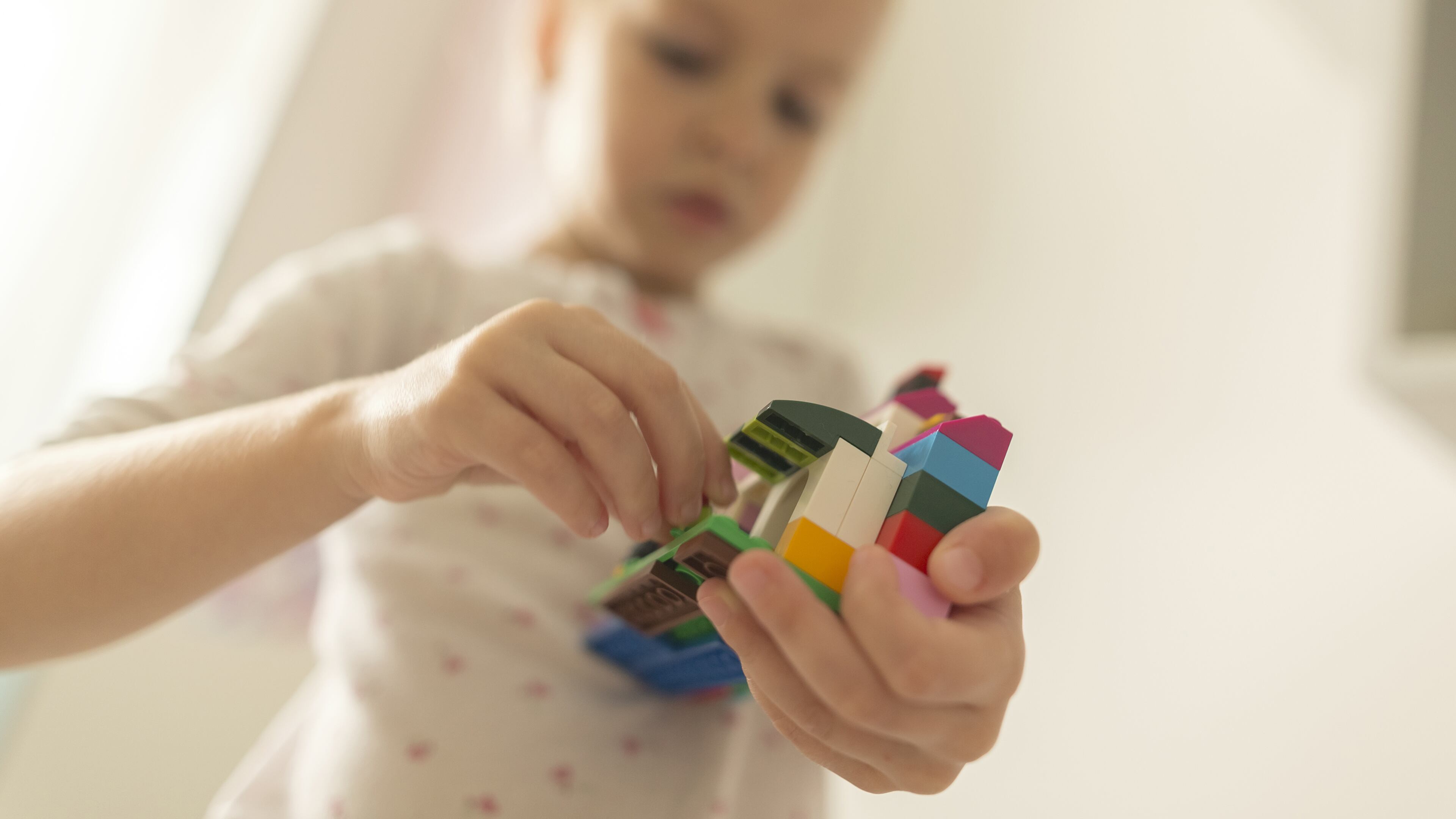When parents share mental health struggles, children feel it too

Raising a child is never easy, and for many parents, the journey is made even harder by the quiet weight of mental health struggles. New research shows that mental health conditions often affect both partners — and can deeply influence their children’s well-being.
October is a significant month for mental health awareness, marked by two important events: Mental Illness Awareness Week, observed from Oct. 5-11, and World Mental Health Day on Oct. 10. It’s a timely opportunity to highlight recent research that explores mental health and parenting.
Nearly one in four parents in the United States have been diagnosed with a mental health disorder, according to a report from the 2021-2023 National Survey on Drug Use and Health. But recent data suggests that these diagnoses could have significant implications for the entire family.
William A. Haseltine, Ph.D., former Harvard Medical School professor and author, along with Mariel Marcano-Olivier, Ph.D., a senior lecturer and mental health researcher at Birmingham City University, recently shared insights on a 2025 couples study and its implications to children’s mental health.
Spousal correlations
The study used national health insurance records of over 12 million people to analyze nine mental disorders among couples, discovering a pattern — and revealing that spouses can often share mental diagnoses, such as depression, anxiety, and bipolar disorder.
“The findings were clear: When one spouse was diagnosed with a condition such as depression, the likelihood that the other partner would also experience depression or a related disorder, such as anxiety, increased substantially,” Haseltine wrote to Psychology Today. “This association was consistent across diverse countries and cultures. This indicates that these patterns are widespread.”
In an article for The Conversation, Marcano-Olivier explained that the study only established a correlation, rather than causation, between shared diagnoses in couples. Still, the expert had some theories as to why someone with a mental health disorder may be more likely to partner with someone who shares a similar diagnosis.
Do opposites still attract?
Assortative mating could explain the pattern of shared mental disorders among couples.
“This theory assumes that we choose partners who are similar to us,” Marcano-Olivier wrote. “Normally this is applied to personality and social factors (such as shared religious or socioeconomic background). But this recent study suggests that this choice may extend beyond these factors and into how we think.”
There’s a possible less conscious explanation too: proximity. According to the mental health expert, people with psychiatric diagnoses may be drawn to similar social circles. People with substance use disorders may bump into each other at a bar, for instance.
It also might be how we were raised during our earliest days that has the greatest effect on how we pick our partners.
“Attachment theory assumes that as infants, we develop a specific emotional bond to our primary caregivers,” she wrote. “This early bond then shapes our subsequent emotional and psychological patterns of behaviour [sic] as we get older — and also influences what we’re looking for in a relationship.”
It could also be that people with mental disorders seek others facing similar struggles because they wish to be better understood. Social identity theory, Marcano-Olivier explained, assumes self-esteem is something we gain through a feeling of belonging to social groups. Those sharing disorders may feel drawn to each other, because being with someone that understands their struggles can be validating.
Like parent, like child
Haseltine emphasized that the impact of shared mental health struggles extends beyond the couple, highlighting the potential consequences for their children.
“Children encounter both genetic predispositions and environmental influences from their parents’ mental health,” he explained. “This convergence of biological and environmental risk factors can result in earlier onset, increased severity, or multiple psychiatric conditions in affected children.”
So how likely are children to develop mental health disorders similar to their parents? A 2025 study involving over 3 million people found that individuals with a first-degree relative affected by depression had a lifetime risk of about 15% - nearly twice the risk in the general population.
It’s a tough statistic that can lead to more mental health challenges down the road.
“For children, this clustering means exposure to both genetic and environmental risk pathways,” Haseltine wrote.
“Facing both genetic and environmental risks increases the chance that children will develop mental health problems early, have multiple issues, or struggle with relationships as adults. These patterns can also affect their partner choices later, continuing the cycle.”
For mental health resources, visit cdc.gov/mental-health/caring.


